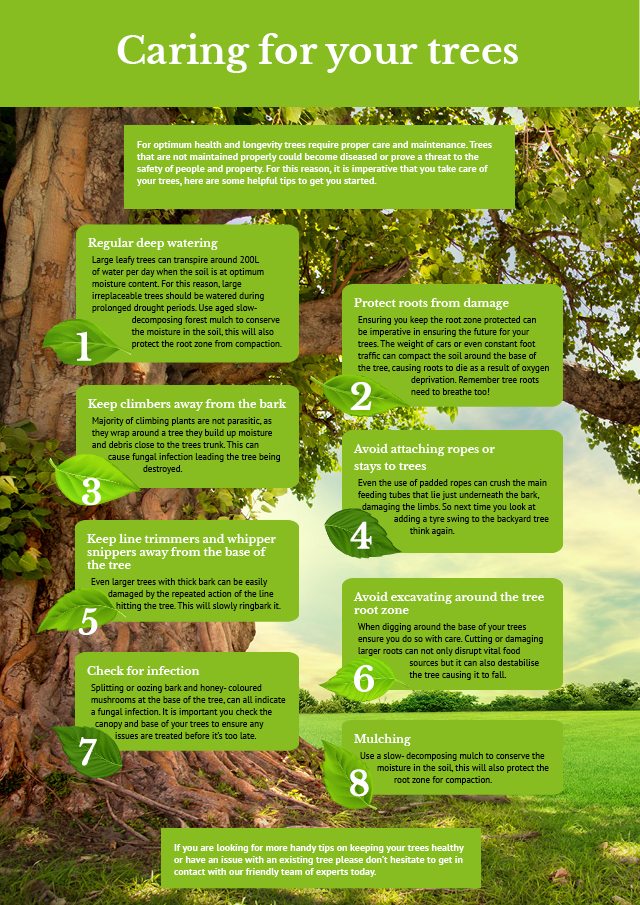After Getting Rid Of Trees, Appropriate Care Is Necessary For Landscape Healing; Learn The Required Actions To Restore Your Area And Protect Against Upcoming Challenges
After Getting Rid Of Trees, Appropriate Care Is Necessary For Landscape Healing; Learn The Required Actions To Restore Your Area And Protect Against Upcoming Challenges
Blog Article
Authored By-McMillan Als
After a tree's elimination, your landscape may look fairly different, and it's essential to examine the consequences thoroughly. You'll want to evaluate the dirt disturbance and check bordering plants for any kind of indicators of stress. Overlooking these variables can lead to bigger issues down the line. So, what should you finish with those stumps and origins? And just how do you pick the very best plants for your rejuvenated area? Let's check out these crucial actions.
Evaluating the Aftermath: Examining Your Landscape
After a tree removal, it's crucial to examine your landscape to recognize the influence it has on your lawn.
Start by taking a look at the area where the tree stood. Try to find indicators of dirt disruption, and examine the bordering plants for any anxiety or damages.
You need to additionally bear in mind of just how the elimination has actually changed sunshine exposure and airflow in your garden. This shift can influence the growth of neighboring plants, so it's necessary to evaluate their health.
Consider the aesthetic facets too; the removal might produce an open space that you can revamp.
Ultimately, think of any kind of prospective disintegration problems that might occur from the tree's absence. Addressing these aspects early will help bring back balance to your landscape.
Dealing With Stumps and Origins: Options for Removal
When you've assessed the after-effects of the tree elimination, you'll likely require to deal with the stump and origins left.
You have a couple of options for elimination. How To Trim A Weeping Cherry Tree is stump grinding, where a professional utilizes a machine to grind the stump to below ground level. This method leaves marginal disruption to your landscape.
If you choose a do it yourself approach, you can make use of a combination of excavating and chemical stump eliminators. Simply keep in mind, this process can require time and effort.
Alternatively, take into consideration leaving the stump as a natural function, which can work as a special yard element or environment for wild animals.
Whatever you select, resolving the stump and roots is essential for recovering your landscape.
Picking the Right Plants for Your New Space
As you evaluate your freshly gotten rid of room, picking the right plants can significantly enhance your landscape's beauty and capability.
Start by considering the sunshine and dirt conditions. For sunny locations, go with drought-resistant plants like lavender or succulents. In shaded places, ferns and hostas prosper well.
Think of the size and growth habits of your plants; mix perennials and annuals for seasonal selection. Do not neglect to incorporate native varieties; they call for much less maintenance and support local wildlife.
Team plants in weird numbers for an extra all-natural appearance and develop layers for aesthetic depth.
Ultimately, ensure you have a mix of shades and textures to keep your landscape vivid throughout the seasons.
Delighted planting!
Final thought
To conclude, recovering your landscape after tree elimination is a rewarding process. By evaluating the consequences, addressing stumps and roots, and picking the right plants, you'll create a thriving setting. Don't neglect to integrate erosion control actions to protect your dirt. With a little effort and treatment, you can change your area into a dynamic garden that enhances your building. Welcome the chance to invigorate your landscape and delight in the elegance of nature right in your yard!
